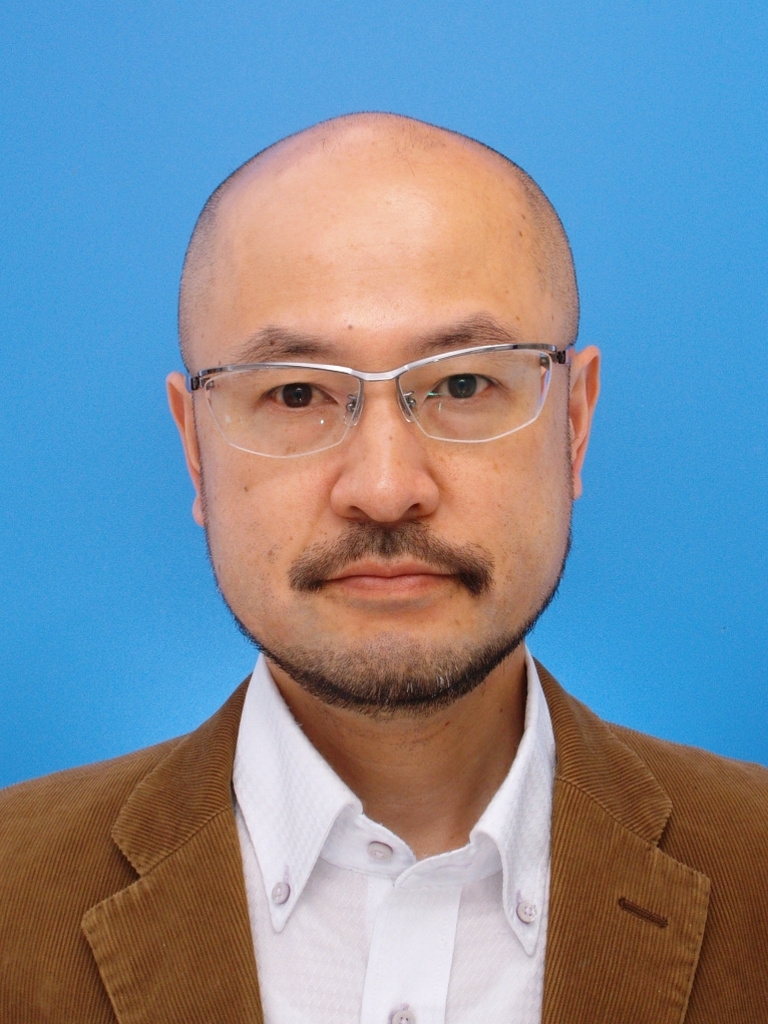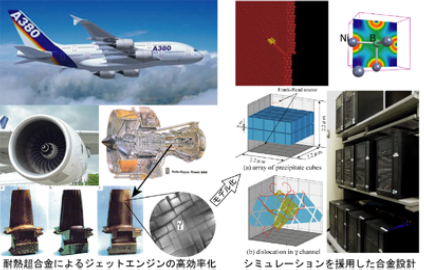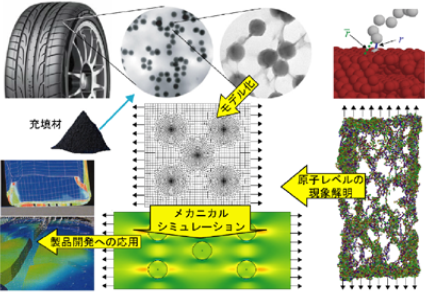Professor
| YASHIRO Kisaragi |
 |
| Title |
|
|---|
| Department |
| Department of Mechanical Engineering |
|
|---|
| Course |
| Mechanical Engineering Course |
|
|---|
Research fields
In pure Fe, over 10 to the 20th power atoms exist in only 1 cubic millimeter volumes so that there is no need nor it is impossible to pursue the motion of individual atoms to represent the macroscopic material behavior in computational model. However, material behaviors are definitely changed by a few percent of additional elements, while the mechanism is unknown and should be evaluated by try-and-error metallurgy and time-consuming testing. Besides, recent progress in the scanning electron microscope made it possible to manipulate individual atoms in in-situ testing. In the field of such nanotechnology, the continuum theory is no longer valid. The missing link between the leading edge experiment and practical material engineering is so far in the fundamental understanding of the deformation and fracture in hundreds of nanometer realm. In our laboratory various computational approaches such as molecular dynamics, density functional calculation, dislocation dynamics simulations and FEM are used to explore the new field of the material mechanics. Among them our unique concept of local lattice instability is a potential candidate of universal criteria for deformation and fracture in the nanometer scale. The target material is not only metallic systems, i.e. fcc ,bcc, hcp and amorphous metals, but also polymers, elastomers, and fullerenes such as CNT, CNC (carbon nano coil), and OLC (Onion like carbon), etc.
 |
 |
| Fig.1 DFT, Molecular Dynamics, Dislocation Dynamics Approaches on Deformation Mechanism of Heat Tolerant Ni-based Superalloy |
Fig.2 Digital Engineering of Automobile Tires |
Research Keywords
Computational Materials Sciences, Solid Mechanics, Molecular Dynamics,
Local Lattice Instability |
Details page





















